Item #1: He apologized
The red marker is on a driveway that leads between apartment buildings to parking areas for residents. New cables had to go under the driveways along the street.  Prince Edward Island – Oops!
Prince Edward Island – Oops!
The plan was to do horizontal drilling under the driveways, but the machine broke. The crew chief called in a backhoe. No time to warn people. Sorry folks. Walk!
Item #2: Changes
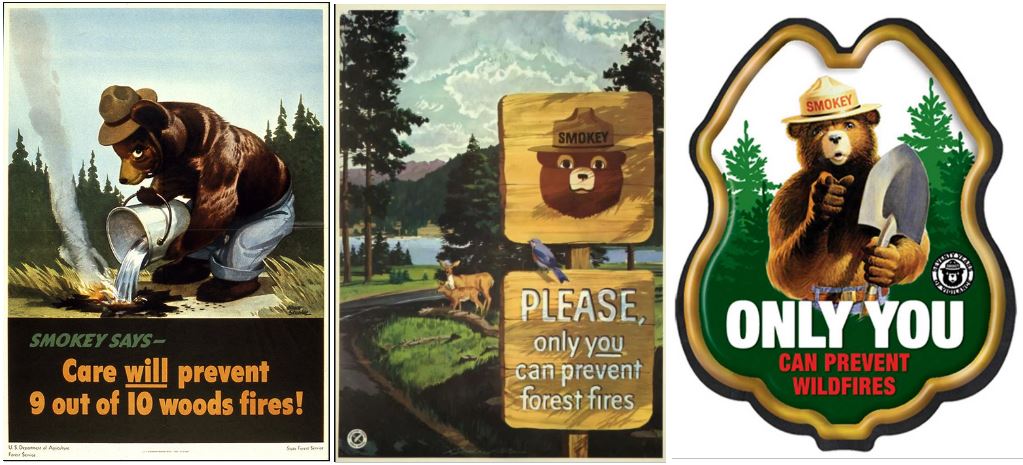 While I wasn’t paying attention, Smokey has been changing.
While I wasn’t paying attention, Smokey has been changing.
woods/forest/wild
Fires need Oxygen, an ignition, and fuel. Smokey grew out of the War effort of WWII. The War Advertising Council dreamed up the bear, the hat, and the dungarees. In August of 1944 (I’m 7 months older) the first “cartoon” of Smokey pouring water on a fire appeared. See the left image, above. The Council did not want fires distracting from the war.
The link is to a Smithsonian Magazine article on the campaign and how it changed. The problem is that Smokey dealt with the “ignition” part of fire. An unintended consequence of the campaign is that the natural process of growth of trees, woody plants, and grasses was interrupted. Fire no longer episodically burned some of the fuel and made space for meadows and other clearings, a patchwork of natural communities.
The fuel is overly abundant, Oxygen is there, and there will be ignitions. 84% or more fires have started because humans were involved, either accidentally, being stupid, or deliberately. Likely, for the next 30 years there will be uncontrollable Megafires.
Item #3: What’s the message?

A slow moving storm, Hurricane Sally, came ashore this week along the Gulf Coast. This one moved slowly over the warm water of the Gulf and picked up plenty of moisture. The wind at the Mobile Downtown Airport gusted to 67 mph, while the claim is that Sally had 105 mph wind.
In any case, the image above shows a church steeple that did not handle the wind, whatever it was. On the right side is the Flora-Bama restaurant and bar. No problem here.
There has to be a message, and as soon as I figure it out, I’ll let you know.
Item #4: Speaking of bears 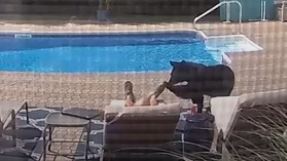
For at least the second time this summer bears have contacted humans. Not long ago a woman was hiking and a large bear approached her. In the accompanying photo a bear visits a man taking a nap by his pool.
Years ago we were at a camp site in Jasper National Park in Canada. One morning I was splitting wood and a girl, about 6, was running water into a pot at the center of the camp. Her folks and many others were in a covered cooking area not far away. A large bear wandered into the clearing, walked to the girl and sniffed her arm. A dozen people watched, the girl stood very still, water ran into the pot, and the bear ambled away.
Item #5: Funny stuff; unrelated

In 30 years when your grand kids ask about the 2020 toilet paper shortage, tell them of the hardship. Say you had to drag your butt across the lawn.
In the snow.
Up hill. Both ways.
And that, for this week, is the not so nasty news.
John
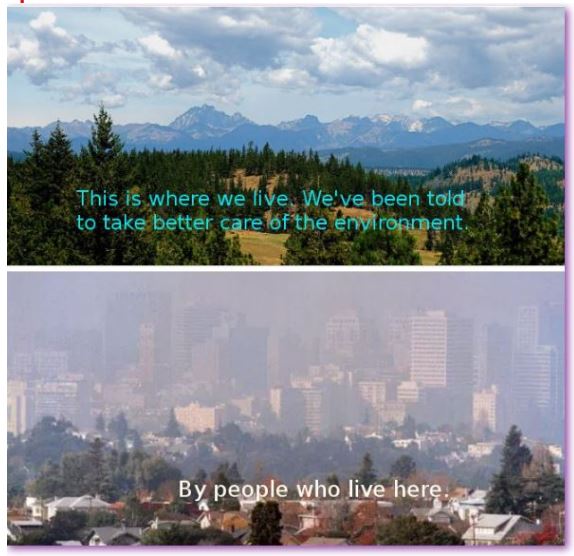
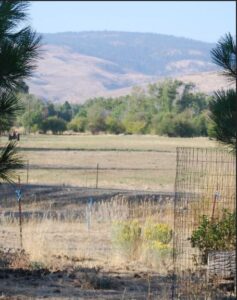
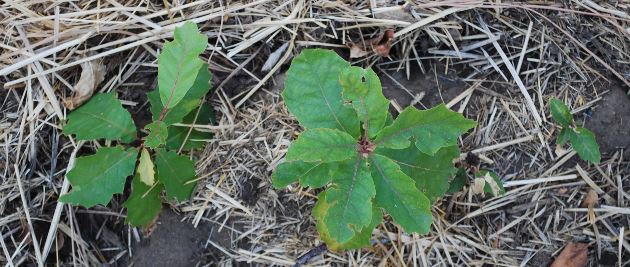 Last fall I noticed the Oak trees near the hospital not only had amazing red/orange colors, but they were also “masting.” ( the production of many seeds by a plant every two or more years in regional synchrony with other plants of the same species)
Last fall I noticed the Oak trees near the hospital not only had amazing red/orange colors, but they were also “masting.” ( the production of many seeds by a plant every two or more years in regional synchrony with other plants of the same species)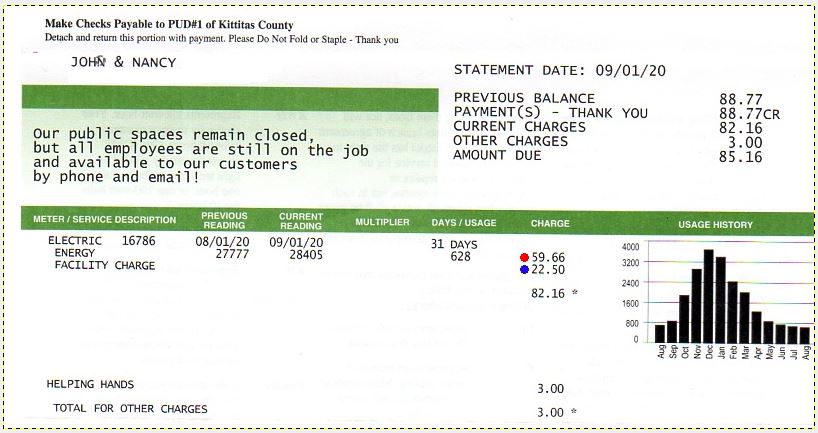


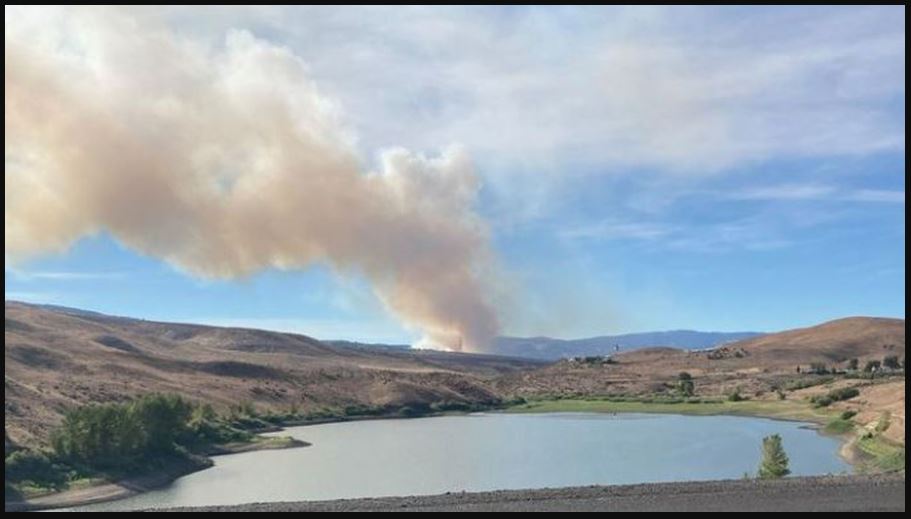 Above: Looking NW over Wenas Lake late Monday, Aug. 31, 2020.
Above: Looking NW over Wenas Lake late Monday, Aug. 31, 2020. 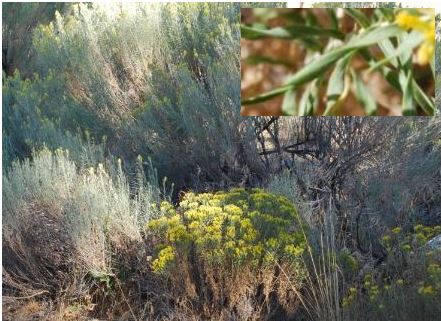 Summer has been dry and hot, and still they bloom.
Summer has been dry and hot, and still they bloom.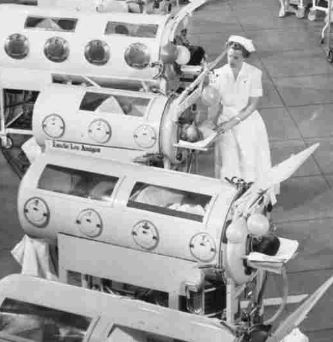
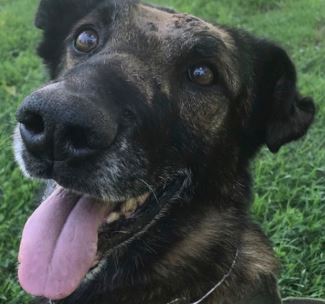
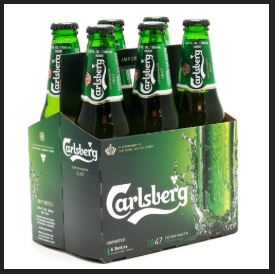
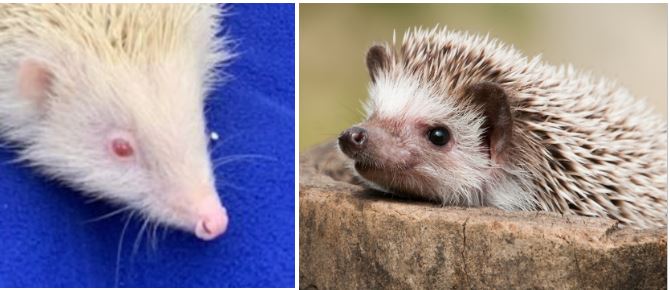
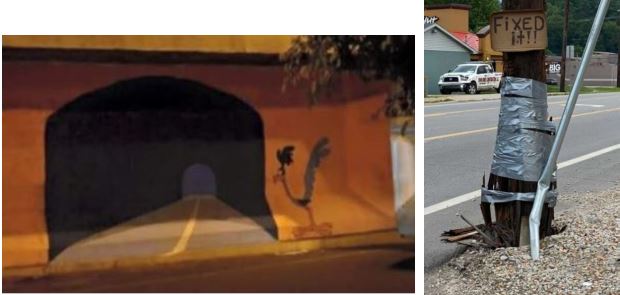
 Just one image here, but go to
Just one image here, but go to 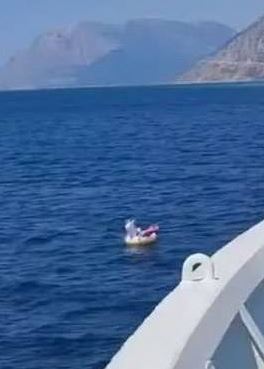


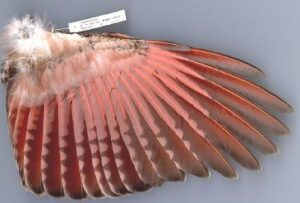 Monday morning there was a feather in the driveway. I always wonder why an intact feather separates from the bird. In this case it appears to be from the outer part of a wing, a primary flight feather. The pennies help with scale, but end-to-end it is 5 5/8ths inches. In the smaller image, note the series of whitish/rosy humps on the lower edge. This one is more like the 5 or so on the upper right, no humps.
Monday morning there was a feather in the driveway. I always wonder why an intact feather separates from the bird. In this case it appears to be from the outer part of a wing, a primary flight feather. The pennies help with scale, but end-to-end it is 5 5/8ths inches. In the smaller image, note the series of whitish/rosy humps on the lower edge. This one is more like the 5 or so on the upper right, no humps.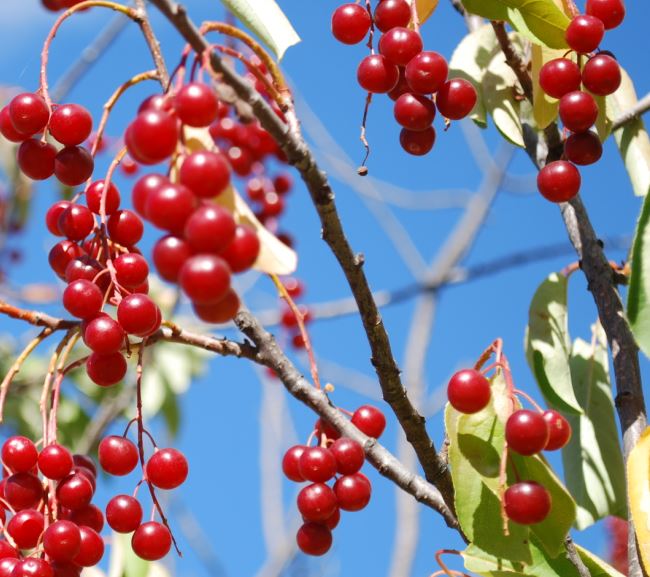 Unlike our domestic cherry trees, plums, and walnuts, these plants were not harmed by our spring frost. I need to compare the bloom times next spring. There has been no rain for many weeks and the leaves are showing browning, but the berries look fine, but will now darken as the summer continues.
Unlike our domestic cherry trees, plums, and walnuts, these plants were not harmed by our spring frost. I need to compare the bloom times next spring. There has been no rain for many weeks and the leaves are showing browning, but the berries look fine, but will now darken as the summer continues.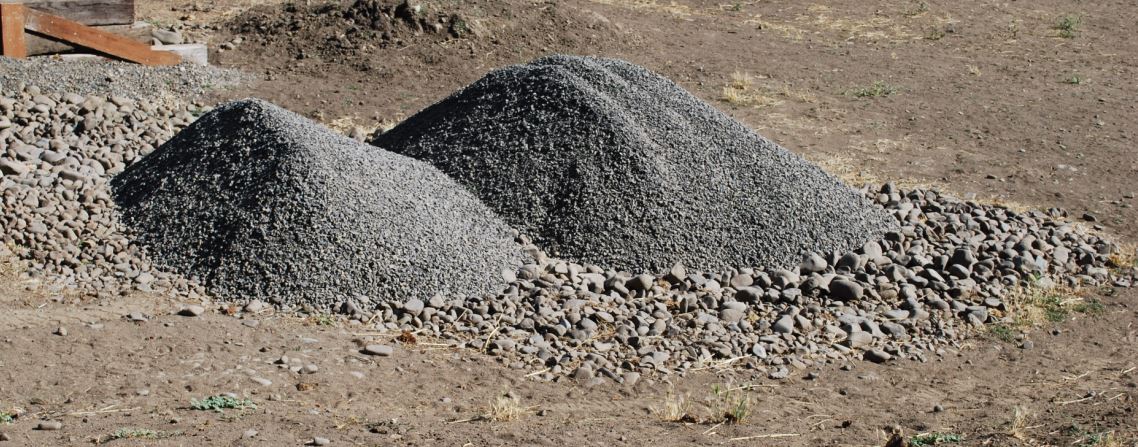 I was slowly throwing rocks in the hole to not much effect. Then a 13 year-old neighbor showed up. She explained she wanted to earn money to go to our County Fair. So for a time she and I collected rocks from the property, threw them in the pickup, and then sat on the tailgate, and while visiting, threw them into the hole. Any time she could come (she had younger brothers and sisters to help with) we did that from 9 to Noon. The hole wasn’t quite full when Fair and School rolled around, the family moved, and that episode ended. I went back to the occasional rocks in the hole routine.
I was slowly throwing rocks in the hole to not much effect. Then a 13 year-old neighbor showed up. She explained she wanted to earn money to go to our County Fair. So for a time she and I collected rocks from the property, threw them in the pickup, and then sat on the tailgate, and while visiting, threw them into the hole. Any time she could come (she had younger brothers and sisters to help with) we did that from 9 to Noon. The hole wasn’t quite full when Fair and School rolled around, the family moved, and that episode ended. I went back to the occasional rocks in the hole routine.

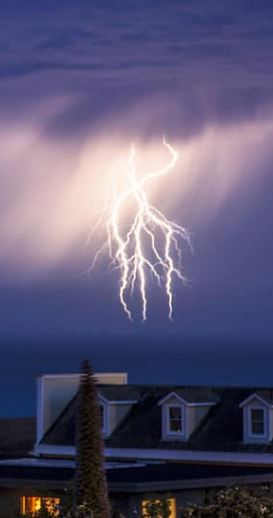
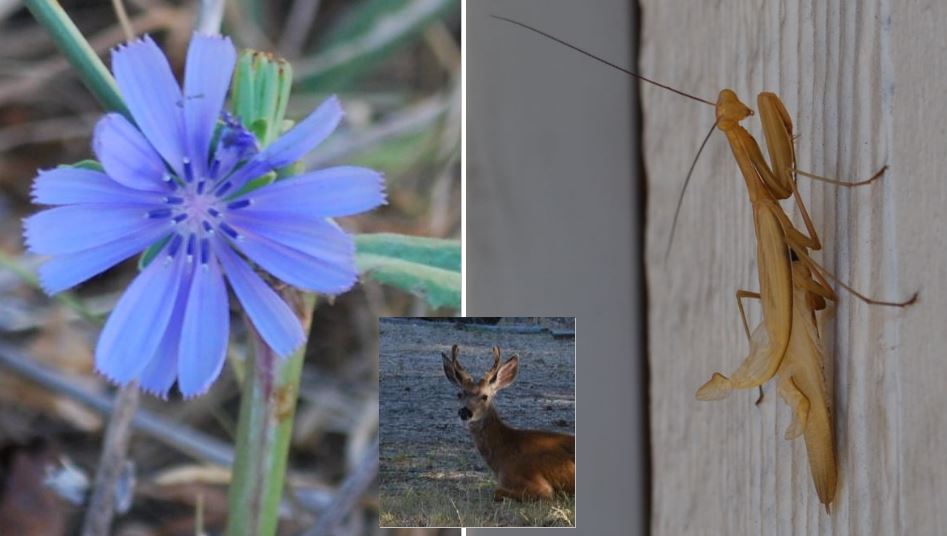


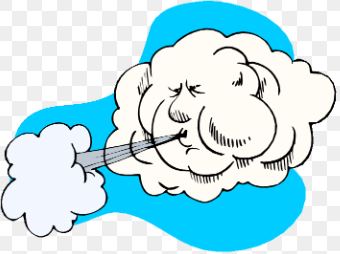

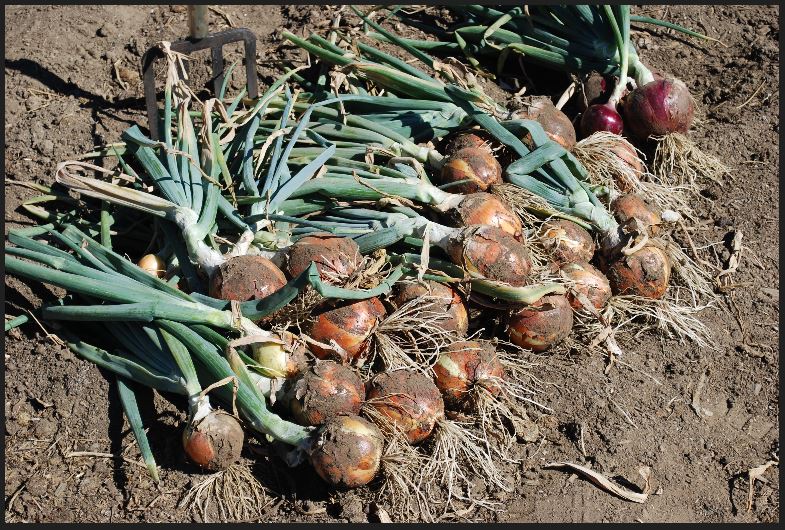 Copra and Redwing. An onion is fully mature when the top falls over.
Copra and Redwing. An onion is fully mature when the top falls over.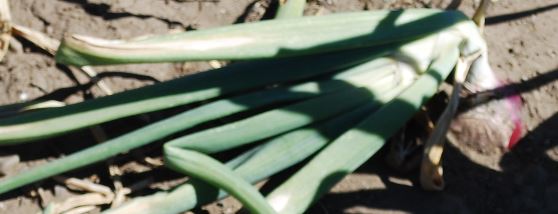 All but a few of the bronze-colored Copra are now drying under shade. Just a few of the Redwings are ready. I’ve another red one called Red Zeppelin. Except for 2 or 3, they are still standing proudly under our intense sun.
All but a few of the bronze-colored Copra are now drying under shade. Just a few of the Redwings are ready. I’ve another red one called Red Zeppelin. Except for 2 or 3, they are still standing proudly under our intense sun. 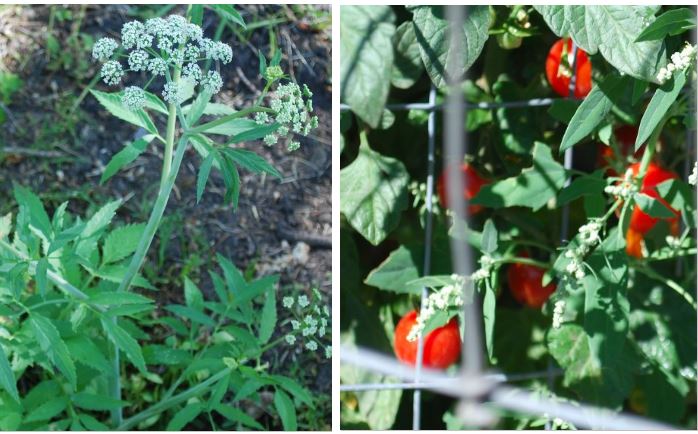 I find this plant along the sides of the irrigation ditch. The term “hemlock” is also applied to a tree, and apparently the commonality is the smell of the leaves, something I do not intend to confirm. Ours is called Cicuta douglasii, the western water hemlock. One of its distinctive characteristics is shown in the photo below. Follow the red pointer into the leaf notch.
I find this plant along the sides of the irrigation ditch. The term “hemlock” is also applied to a tree, and apparently the commonality is the smell of the leaves, something I do not intend to confirm. Ours is called Cicuta douglasii, the western water hemlock. One of its distinctive characteristics is shown in the photo below. Follow the red pointer into the leaf notch. 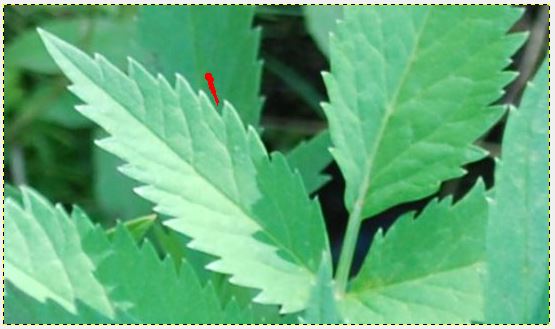 The leaf veins go to the notch, not to the point or tip. This is unique to this member of the family (Apiaceae), and apparently many other plants. See the maple leaf here:
The leaf veins go to the notch, not to the point or tip. This is unique to this member of the family (Apiaceae), and apparently many other plants. See the maple leaf here: 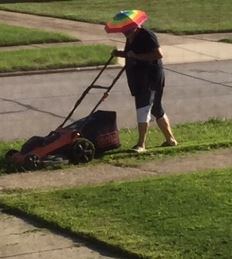

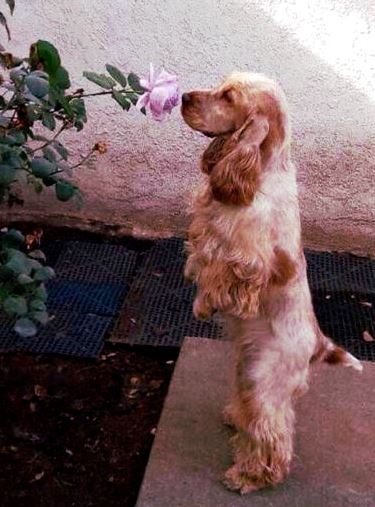
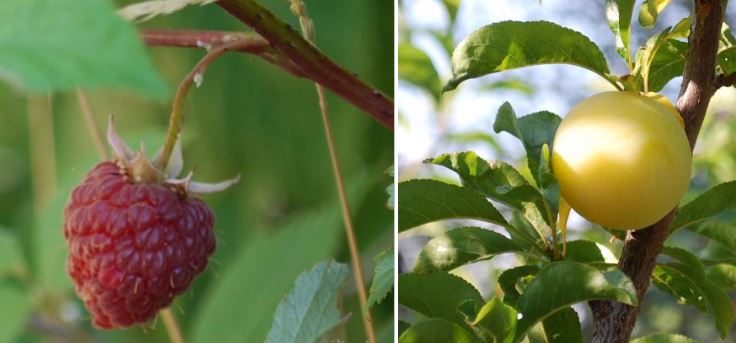

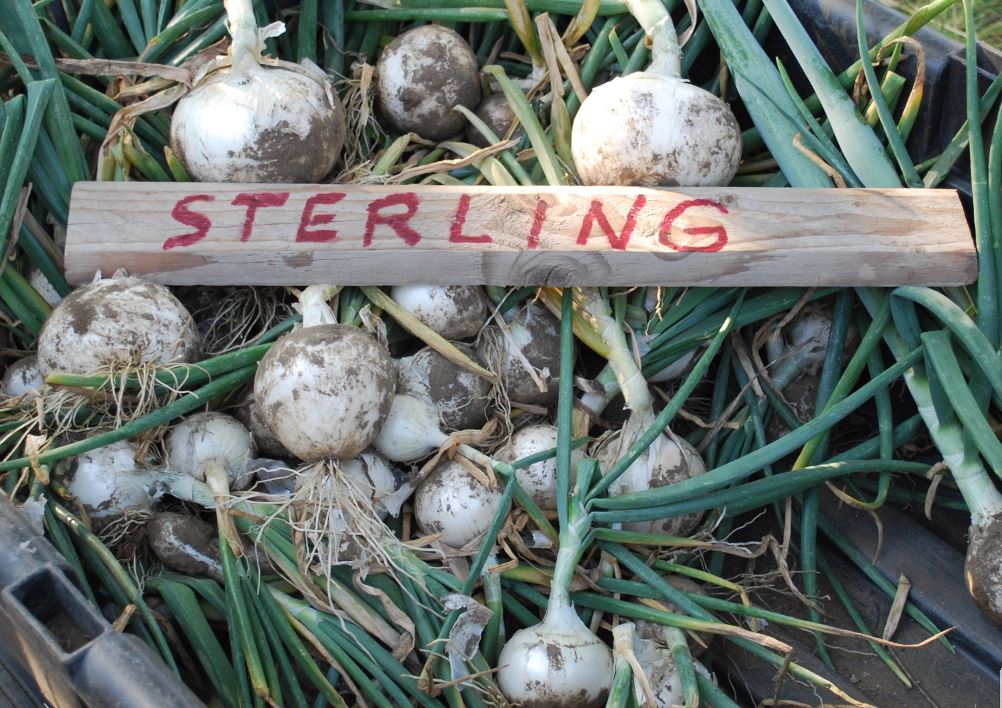
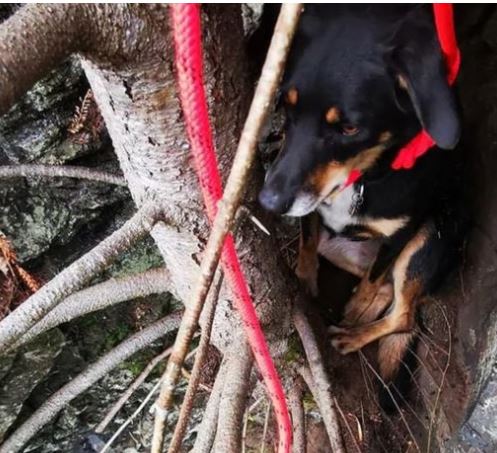
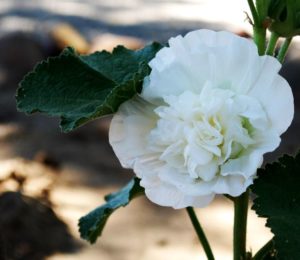
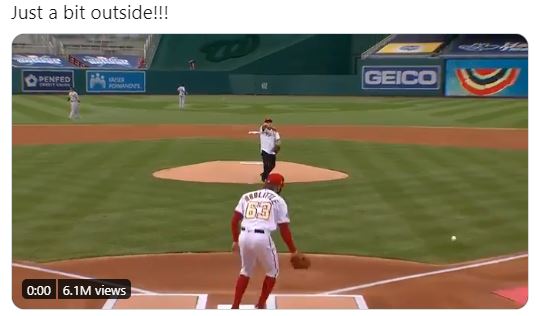
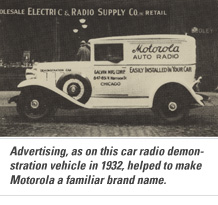


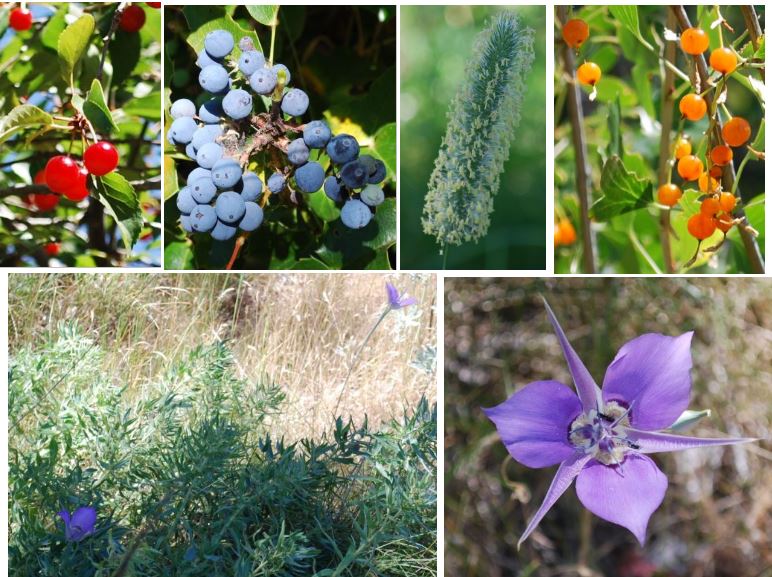 Top L to R: Pie cherries, Oregon Grape, Grass, Golden Currants
Top L to R: Pie cherries, Oregon Grape, Grass, Golden Currants
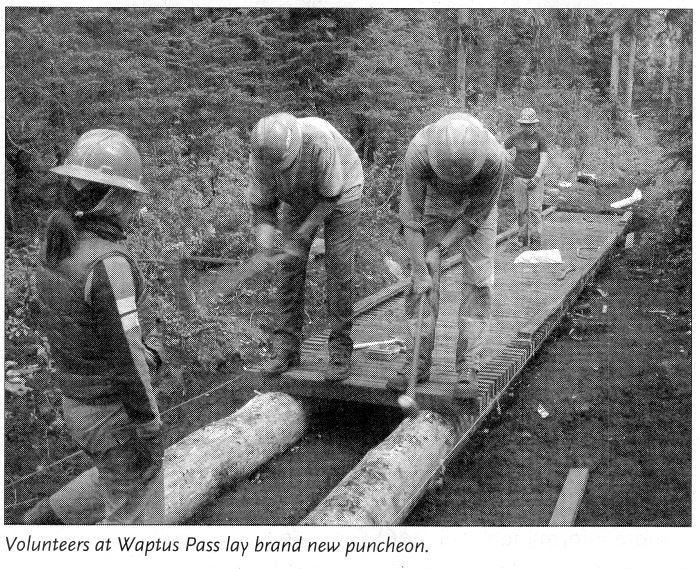

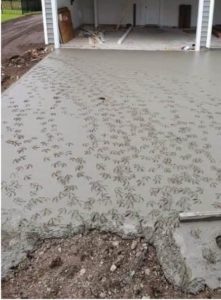
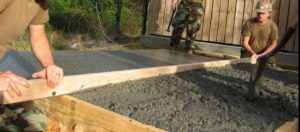
 The headline for this story is:
The headline for this story is: